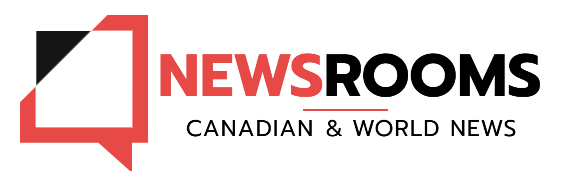Closed revision rhinoplasty is a specialized surgical procedure designed to correct or improve the results of a previous nose surgery. It involves making changes to the internal structures of the nose without any external incisions, leading to a more aesthetically pleasing appearance or resolving functional issues. This article delves into the intricacies of closed revision rhinoplasty, including its benefits, procedure, recovery, and potential risks.
Understanding Closed Revision Rhinoplasty
Closed revision rhinoplasty, also known as endonasal rhinoplasty, is performed to address issues that may arise after an initial rhinoplasty. These issues can include aesthetic concerns such as asymmetry or irregularities and functional problems like breathing difficulties. Unlike open rhinoplasty, which involves external incisions on the columella (the tissue between the nostrils), closed rhinoplasty is performed through incisions made inside the nostrils.
Benefits of Closed Revision Rhinoplasty
- Minimal Scarring: Since the incisions are made inside the nostrils, there are no visible scars, making this technique particularly appealing for patients concerned about the aesthetic outcomes.
- Reduced Swelling and Recovery Time: Closed rhinoplasty generally leads to less swelling compared to open rhinoplasty, resulting in a quicker recovery period.
- Preserved Nasal Structure: The closed approach allows for better preservation of the nasal structure and support, which can lead to more natural and lasting results.
- Less Invasive: With no external incisions, the procedure is less invasive, reducing the risk of complications and promoting faster healing.
The Procedure
Closed revision rhinoplasty is a delicate and complex procedure that requires a skilled and experienced surgeon. Here’s a step-by-step overview of what the procedure entails:
- Consultation and Planning: The surgeon will assess the patient’s nasal structure, discuss their concerns and desired outcomes, and plan the surgical approach accordingly.
- Anesthesia: The procedure is typically performed under general anesthesia or local anesthesia with sedation to ensure patient comfort.
- Incisions: The surgeon makes small incisions inside the nostrils to access the nasal structures. These incisions are strategically placed to minimize visible scarring.
- Reshaping and Correction: The surgeon carefully reshapes the nasal bones, cartilage, and tissues to achieve the desired results. This may involve removing or adding cartilage, refining the nasal tip, and correcting any functional issues.
- Closure and Recovery: Once the necessary adjustments are made, the incisions are closed with dissolvable sutures. The nose is then bandaged and splinted to support the new shape during the healing process.
Recovery Process
Recovery from closed revision rhinoplasty varies from patient to patient, but the general timeline is as follows:
- First Week: Patients can expect some swelling, bruising, and discomfort, which can be managed with prescribed pain medication and cold compresses. The splint and any external dressings are typically removed within the first week.
- Second to Third Week: Swelling and bruising begin to subside, and patients can resume most of their daily activities. However, strenuous activities and heavy lifting should be avoided.
- One to Three Months: The majority of the swelling diminishes, and the nose begins to take its final shape. Patients can gradually return to their regular exercise routines.
- Full Recovery: It can take up to a year for the nose to fully heal and for the final results to become apparent. During this time, patients should follow their surgeon’s post-operative care instructions to ensure optimal healing.
Potential Risks and Complications
As with any surgical procedure, closed revision rhinoplasty carries some risks and potential complications, including:
- Infection
- Bleeding
- Poor wound healing or scarring
- Nasal obstruction or breathing difficulties
- Unsatisfactory aesthetic results, potentially requiring further revision surgery
Choosing a qualified and experienced surgeon can significantly reduce these risks and ensure a successful outcome.
Conclusion
Closed revision rhinoplasty is a highly effective procedure for correcting or improving the results of a previous nose surgery. With its benefits of minimal scarring, reduced recovery time, and less invasive nature, it is an attractive option for many patients. However, it is essential to choose a skilled surgeon and follow all post-operative care instructions to achieve the best possible results. If you are considering closed revision rhinoplasty, consult with a board-certified plastic surgeon to discuss your goals and determine the best approach for your needs.








